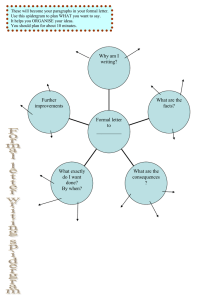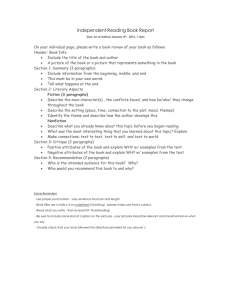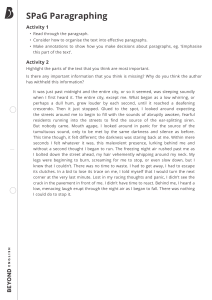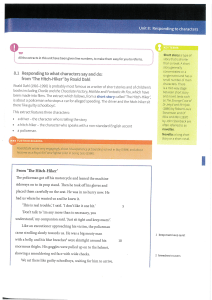2015-2016
advertisement
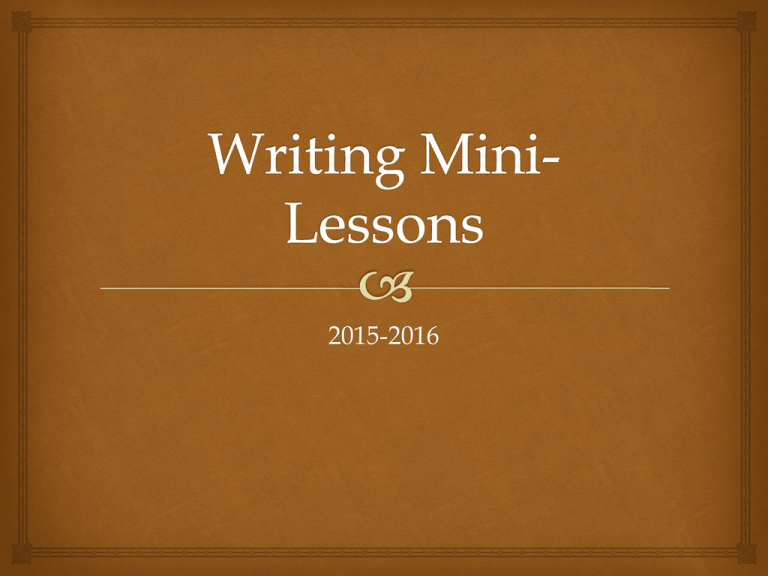
2015-2016 Paragraphing Good writers know when to split their draft into paragraphs. Paragraphs help readers organize what they are reading, and avoid both confusion and boredom. When do you split into paragraphs? When there is a change in time or action When there is a change in perspective (like someone different is talking or thinking) When you switch what you are describing Example of Changing Time or Action “For the rest of the night and the next day, I kept thinking about what my dad had said… If [Coach] Downs could make me a captain, why couldn’t he let me start? And what did I have to lose? If he said no . . . So what? After Tuesday’s practice I walked down the long hallway and knocked on Coach Down’s office door.” - Gym Candy by Carl Deuker Example of Changing Perspective “’I’m sorry for what’s happened to you,’ said the bigger policeman. “’Nobody deserves that kind of trouble.’” ’Thank you,’ said Henry’s mother.’ ‘That coffee sure does smell good,’ said the less bigger policeman. Henry’s mother nodded.” - Trouble by Gary Schmidt Example of Changing Description “I scurried across the lawn in my cutest pajamas. I could have left my day clothes on, but this felt better. I supposed it didn’t matter what I wore, but I felt pretty in my little brown shorts and fitted white shirt. It wasn’t hard anymore to scale the slats nailed into the tree with only one hand. I’d developed that skill as well.” - The Selection by Kiera Cass Sentence Structure Good writers know that to keep a reader’s interest, they have to vary their sentence structure. Two effective ways to do this are: Short, simple sentences for dramatic emphasis or effect Parenthetical asides (good way to impress Mrs. Sharp . . . And add humor!)
